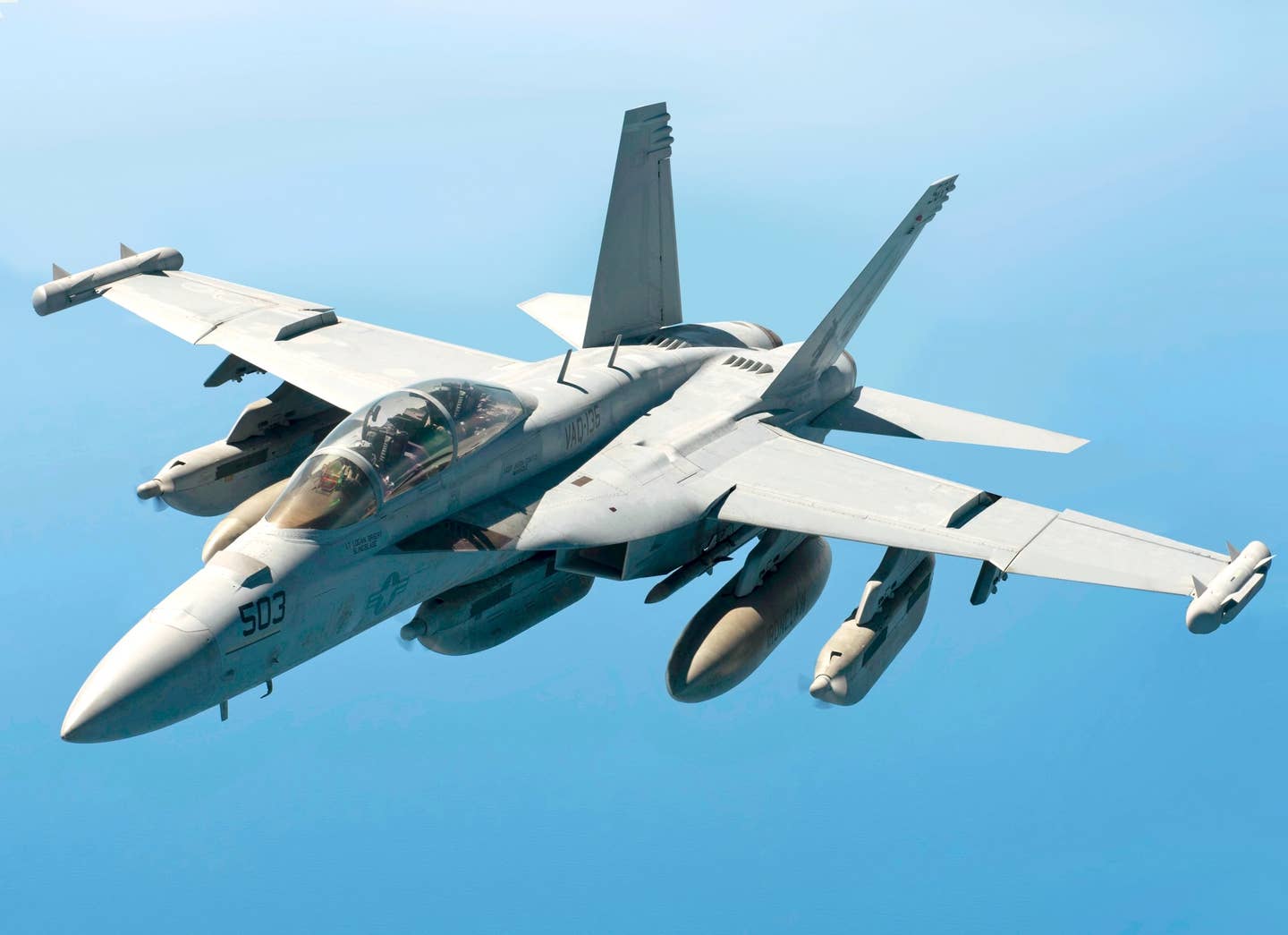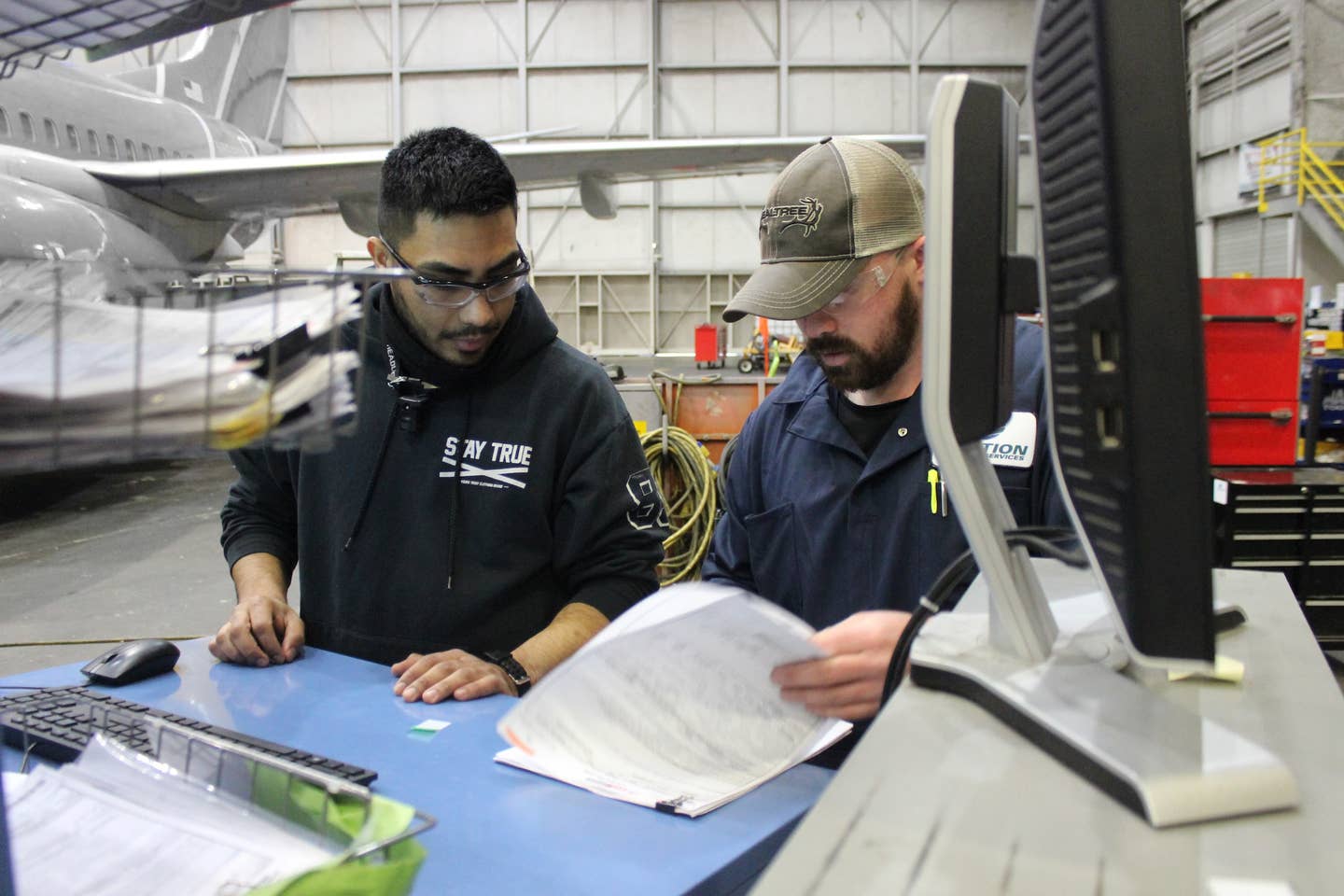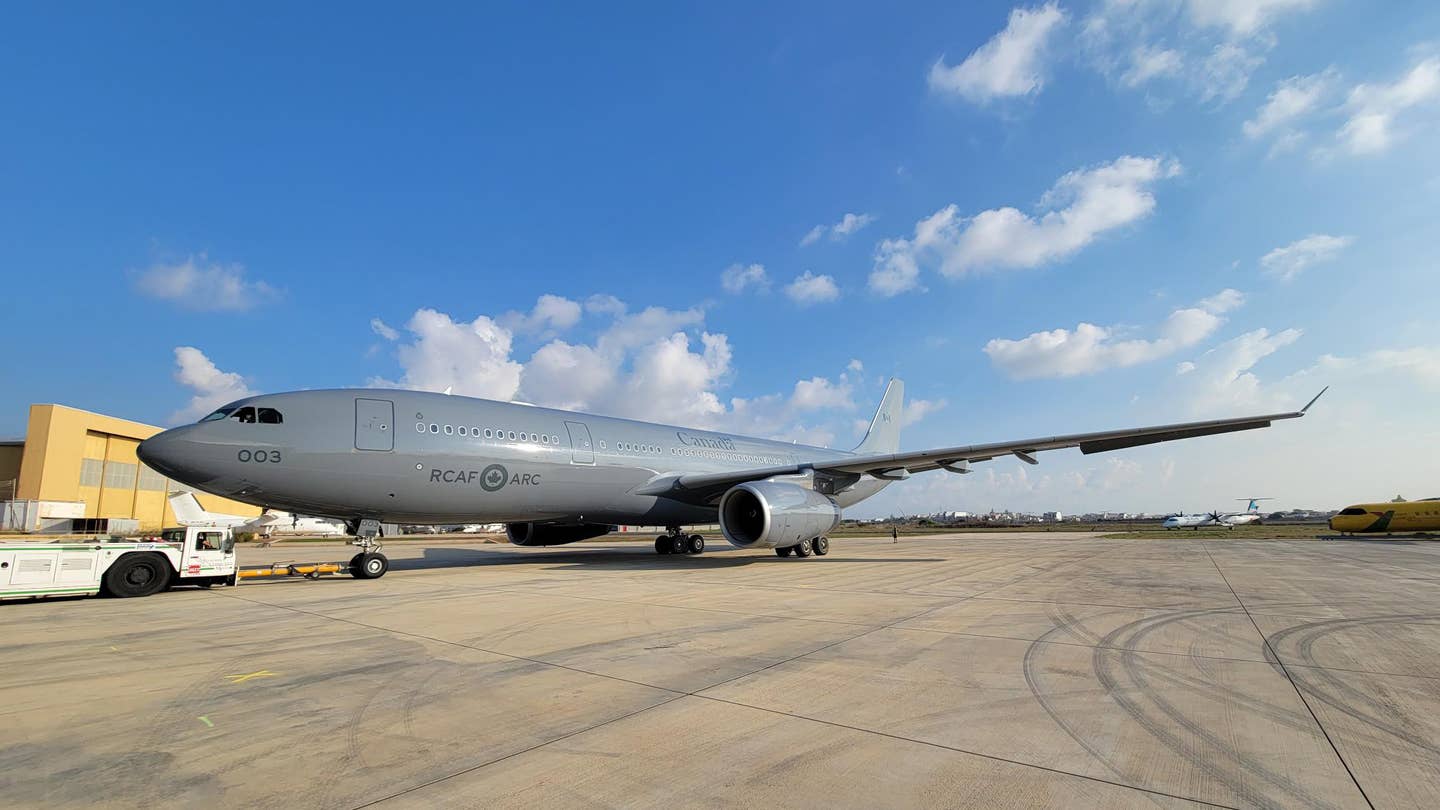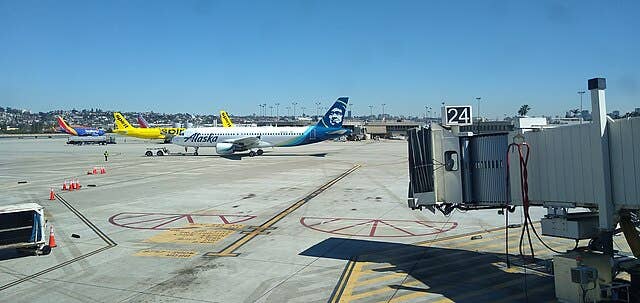Hypoxia Suspected In Mysterious Citation Fatal Accident
The investigation continues into Sunday’s fatal flight of a 1990 Cessna Citation 560, which crashed in Virginia killing all four occupants. Incapacitation due to hypoxia, most likely resulting from a…
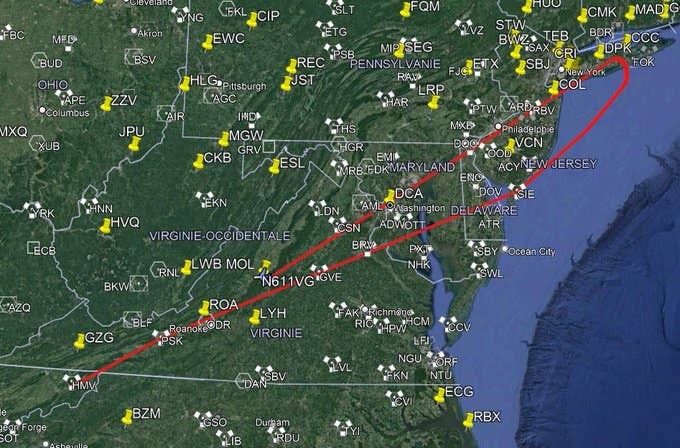
The track of a fatal Cessna Citation flight appears to follow an instrument approach to its destination airport, but at cruise altitude.
The investigation continues into Sunday’s fatal flight of a 1990 Cessna Citation 560, which crashed in Virginia killing all four occupants. Incapacitation due to hypoxia, most likely resulting from a pressurization issue, is strongly suspected, as the Citation pilot stopped responding to radio calls 15 minutes into the flight, according to the National Transportation Safety Board. Also, the Citation apparently followed the lateral track of its flight-planned path, turning toward and then overflying its destination, New York Long Island McArthur Airport (KISP). But it flew the flight-planned path at 34,000 feet and continued on a consistent track until apparently running out of fuel and spiraling to the ground at a high rate of descent.
Further, according to reporting in The New York Times, pilots of F-16 fighters that were scrambled to intercept the business jet (alarming residents and government officials around Washington, D.C., with sonic booms) reported seeing the pilot slumped over the controls and unresponsive to radio calls and flares.
Much of the news coverage focuses on the widely heard and recorded sonic booms, which were authorized by NORAD due to the Citation’s track overflying—but not penetrating—Washington’s restricted airspace, which caps at 18,000 feet. But the unknowns surrounding the circumstances of the actual accident flight are drawing more attention from the aviation community.
As yet unanswered is what caused the Citation to turn toward the destination airport, then fly on at 34,000 feet on what appears to be a direct line back toward the departure airport in Elizabethton, Tennessee (0A9). Perhaps coincidentally, that heading also corresponds closely to the final track of the Runway 24 ILS approach at KISP. Investigators are exploring whether the flight management system (FMS) commanded the autopilot to fly the lateral track of a programmed flight plan after the pilot lost consciousness. As shown on flight tracking service FlightAware, the Citation followed a normally assigned IFR routing, which includes a dogleg over the Sea Isle VOR in southern New Jersey, to help remain clear of more congested airspace farther inland.
The incident is similar to the hypoxia-related Learjet crash that killed golfer Payne Stewart in October 1999. Except in that case, the aircraft did not make any autopilot-generated turns. Intercepting fighters tracked the Learjet on a straight line until it, too, ran out of fuel and spiraled to the ground near Mina, South Dakota.
Some observers (including AVweb readers commenting on our initial coverage of the accident on Sunday night) suggested that the pilot might have included the departure airport in the original flight plan as a check to see if there was enough fuel on board to return—and never removed the waypoint. Thus, the Citation would have continued on autopilot back toward the departure airport at the programmed altitude. After engine flameout from fuel exhaustion, the autopilot would have raised the nose attempting to maintain the programmed altitude until the aircraft stalled and spiraled to the ground.
The aircraft owner, reportedly a pilot, told The New York Times the passengers were his daughter, two-year-old granddaughter and the child’s nanny. They were returning to their home on Long Island, New York, after visiting him at his home in North Carolina.

